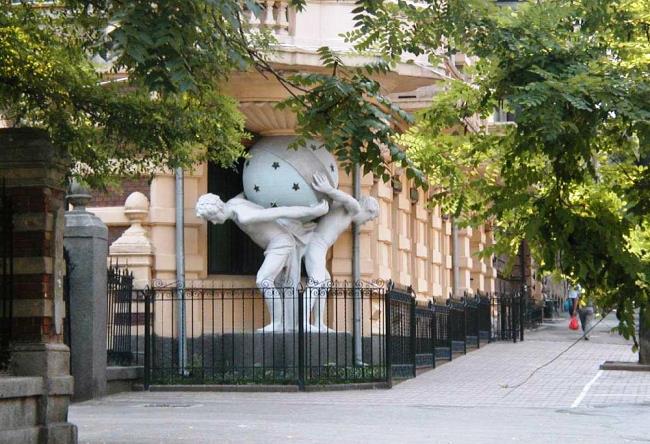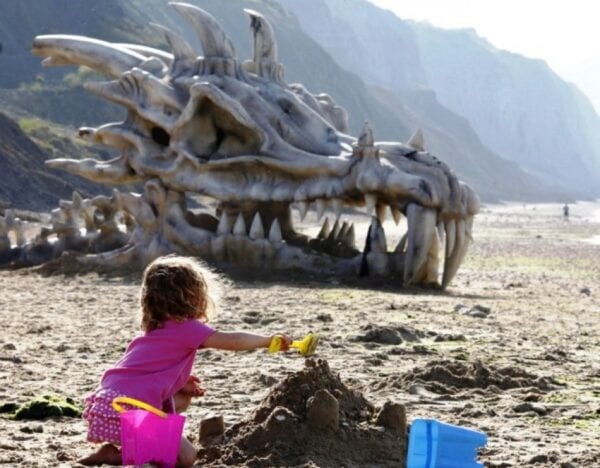 18, Июнь, 2015
18, Июнь, 2015Odessa
Being in the south of Ukraine and not to go to Odessa — hardly anyone afford. After Odessa, like a magnet attracts vacationers and tourists, and historians. In this city interested in everything … From the local dialect and ending with architectural and cultural monuments, of which there are many in spite of the relatively young age of Odessa in the historical dimension.

Founding may be considered May 27, 1794, just the day Catherine II signed the rescript of the founding of the city, and with it, and the harbor, in a place where there is Hadzhibey. Further, all developed very quickly, in less than three months from the date of signing the decree as August 22 the same year the first piles were scored, which became the basis of the famous city.

The architectural plan for the city was Franz de Volan — colonel of the Russian army. As mentioned earlier, the city of Odessa is relatively young, but it was built with taste and there is something to see even the most demanding tourists. That alone is worth the visit to Odessa Opera and Ballet Theater — it’s one of the best and most beautiful theaters in the world. The architects of that time tried their best and we are still able to enjoy this masterpiece. And the author of the project were the architects Fellner and Helmer, originally they were from a vein.

And, of course, they do not walk on the main street of Odessa? This street, which is still composed poems and sing songs. Yes — this is the Deribasovskaya Street, where you can stroll to immerse themselves in the life of Odessa. There is constantly a lot of people, someone is selling a painting or souvenirs, someone looking monuments. But the main action takes place, of course, on Deribasovskaya April 1st. In this day’s going on here, something incredible — thousands of people are on the streets, celebrating the Day of Humour.
Strolling through Odessa, you can not ignore the Potemkin Stairs. Today, it has 192 steps. In this ladder is an interesting story. This architectural structure, Prince MS Vorontsov gave his beloved wife Elizabeth Ksaverevne. Later, the staircase was renamed Potemkin.












